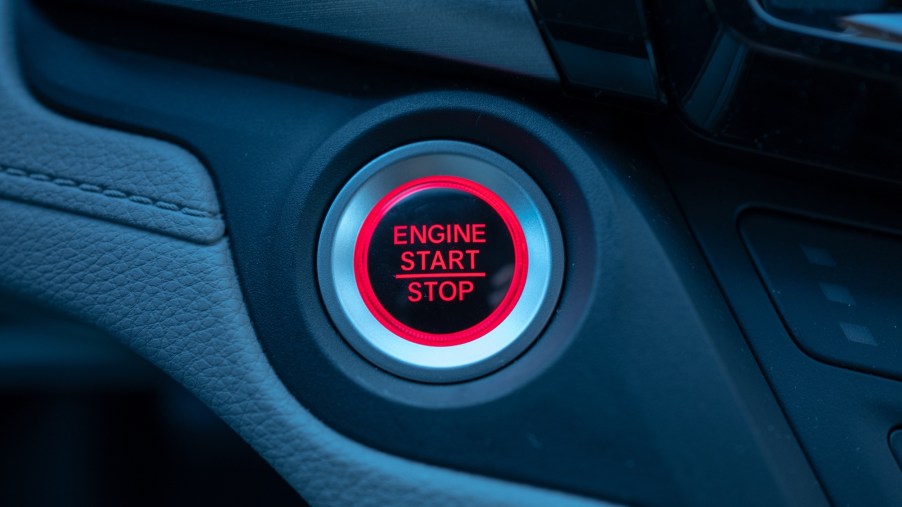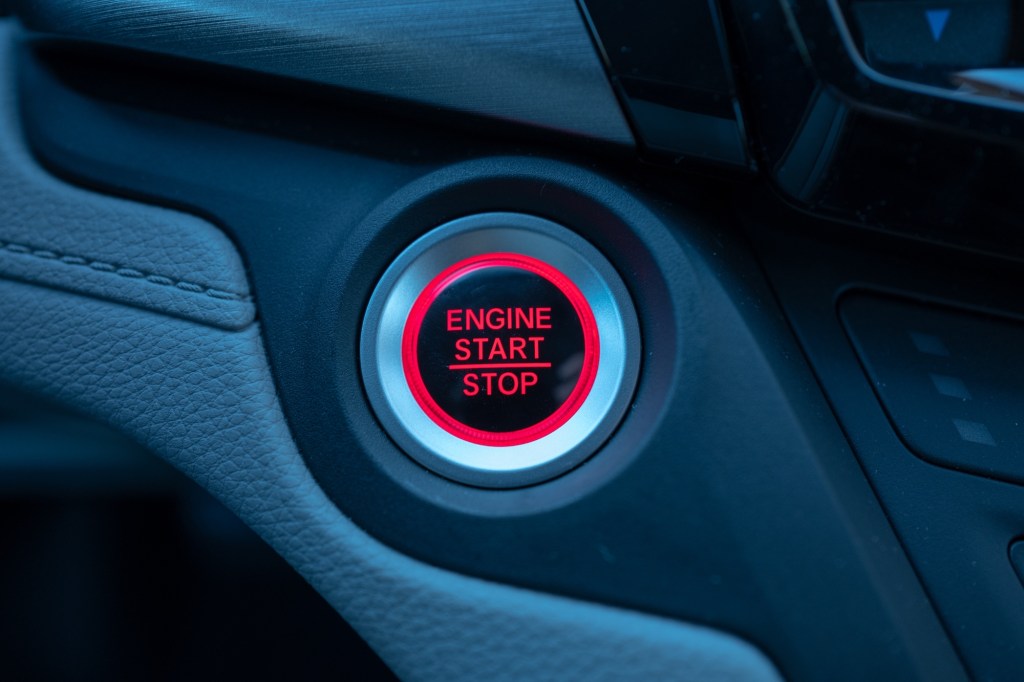
Can an Engine Immobilizer Really Prevent Car Theft?
We’ve all seen this scenario in many movies: A thief breaks into a car and then hot wires it within seconds by touching two wires together. In real life, hot-wiring a car requires a little more effort, but the point is, many cars have been stolen like this in the past. So much so, that auto manufacturers eventually built their vehicles with factory engine immobilizers. But what is an immobilizer and does it really prevent car theft?
How does an engine immobilizer work?

An engine immobilizer has two main parts: a car key with a transponder chip and an immobilizer receiver. When the transponder car key is inserted into the ignition – or when the remote key fob is in the car – and sends a security code to the immobilizer receiver. If the codes between the transponder and the immobilizer match up, then the car will start. If not, then it won’t start.
According to Car Part, some car manufacturers have taken the engine immobilizer system a step further by adding a fixed security code on the key and a second revolving code. The second code is changed every time the vehicle is started, which can further deter the possibility of theft.
Here’s an interesting fact: The world’s first immobilizer was patented in 1919. The way it worked was not too much unlike the immobilizers today in that the driver needed to connect contacts in a specific order, and if the order was wrong, the car wouldn’t start and the alarm would sound, Kapersky Daily reports.
Immobilizers work, but thieves work harder
Over the years, the widespread use of engine immobilizers has had a positive effect on car theft rates. If you look at the following graph (from Kapersky), car theft declined significantly in the late 90s in the U.S. and further decreased by the later 2000s when the use of immobilizers became more popular.

While engine immobilizers do work to prevent car theft, some thieves work even harder. For every layer of security, thieves always seem to find a way around it. When it comes to engine immobilizers, many thieves keep up with the times and figure out ways to crack the transponder codes and start cars, just as they did before.
However, not every car thief is as tech-savvy as the next. This means that a thief that still uses mechanical techniques – as opposed to the code-cracking kind – to steal a car can easily be thwarted by a car’s immobilizer system. So they do work, in general, but against a knowledgeable thief, they might not.
What else can car owners do to prevent theft?
Many cars on the market today, even those as old as 2008, have engine immobilizers from the factory. While that immobilizer can easily suffice as a theft deterrent, owners can take their levels of car security a step further. This means installing a steering wheel lock, an aftermarket alarm, or even a kill switch to ensure that no one meddles with your pride and joy.



